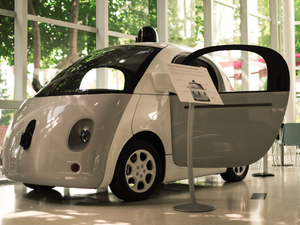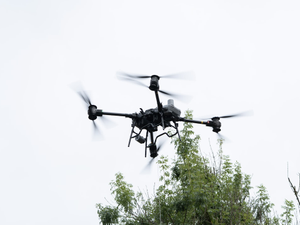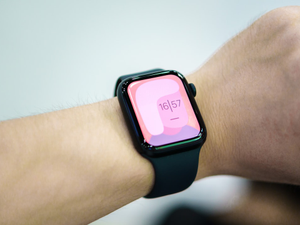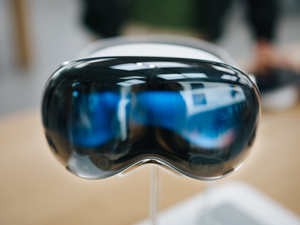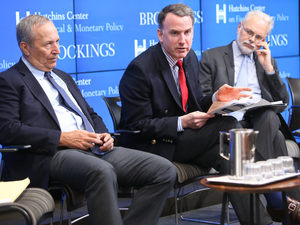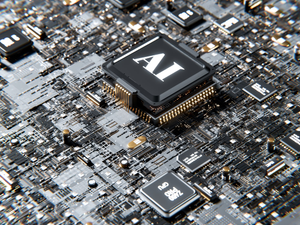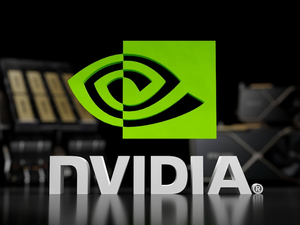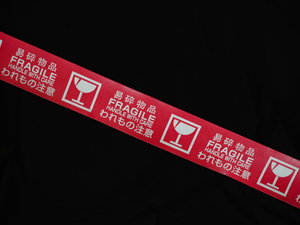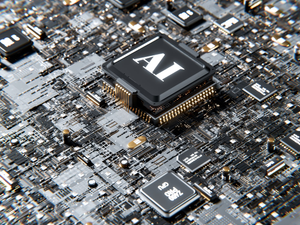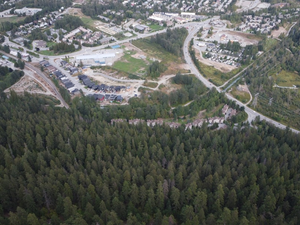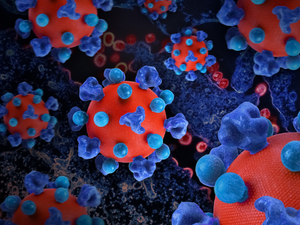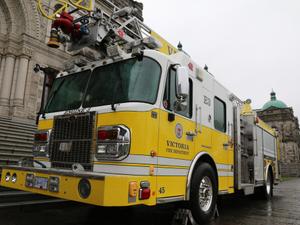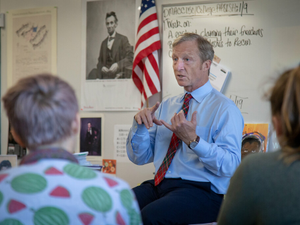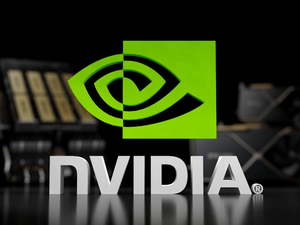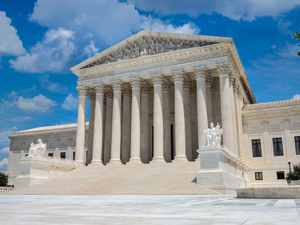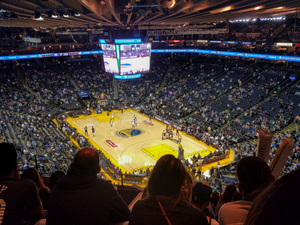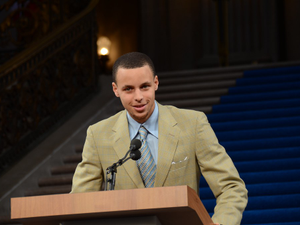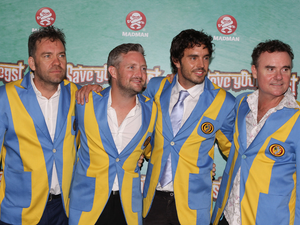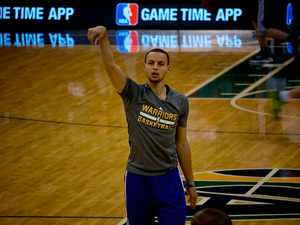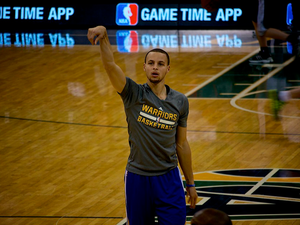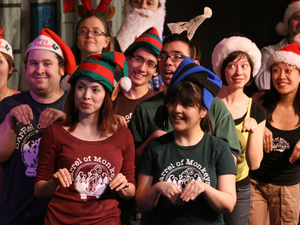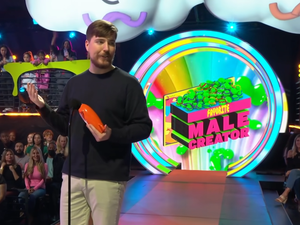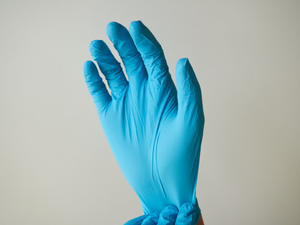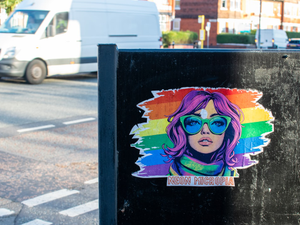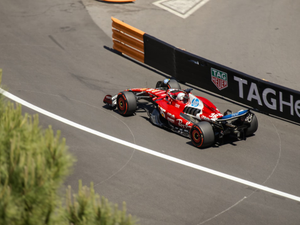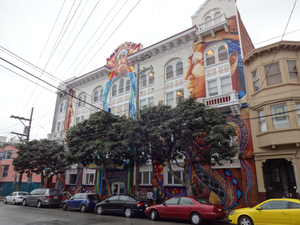Tesla's Self-Driving Revolution: A Milestone in Autonomous Vehicle Delivery
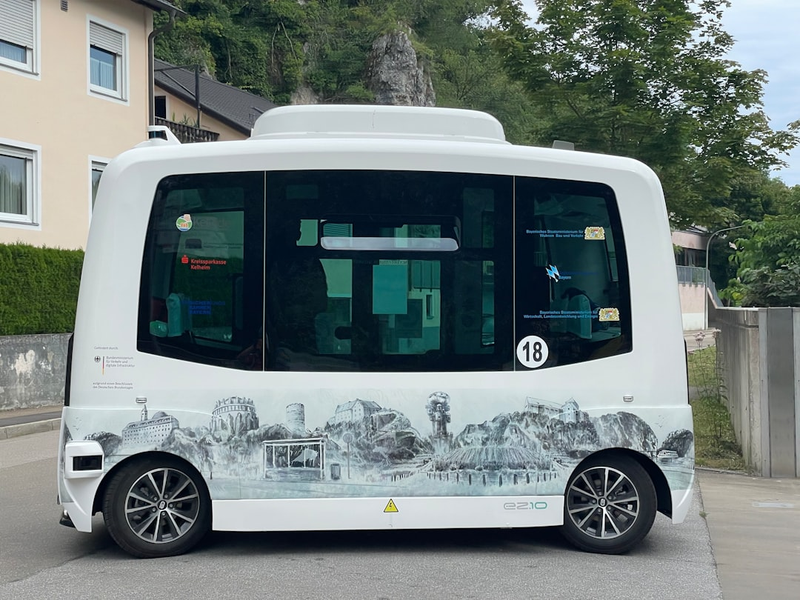
Photo by Bernd 📷 Dittrich on Unsplash
In a groundbreaking moment for autonomous vehicle technology, Tesla has successfully completed its first fully self-driving car delivery directly from factory to customer without any human intervention.
The autonomous journey, featuring a Tesla Model Y, was meticulously recorded and shared by CEO Elon Musk. The vehicle navigated complex road conditions - including highways, suburban streets, and residential neighborhoods - entirely on its own, marking a significant leap forward in self-driving capabilities.
Musk boldly proclaimed that no people were present in the car during the entire trip, nor were there any remote operators controlling the vehicle. While impressive, this achievement isn’t entirely unprecedented, as companies like Waymo have already been operating driverless vehicles in cities like Phoenix, San Francisco, and Los Angeles.
The milestone comes after Tesla’s recent robotaxi service launch, which initially required safety monitors and experienced several early technical challenges. These included incidents of vehicles crossing double-yellow lines and unexpected hard braking, highlighting the complexity of autonomous driving technology.
This successful delivery demonstrates Tesla’s progress towards “unsupervised” driving, a long-standing goal of the company. However, the robotaxis currently still require safety monitors and remote supervision, indicating that while the technology is advancing rapidly, it hasn’t yet reached complete autonomy.
For tech enthusiasts and transportation innovators, this represents a promising glimpse into a future where self-driving vehicles could become a mainstream reality. The implications for urban mobility, traffic management, and transportation efficiency are profound.
As autonomous vehicle technology continues to evolve, Tesla’s latest achievement signals an exciting progression in how we might reimagine transportation in the coming years.
AUTHOR: cgp
SOURCE: The Verge




